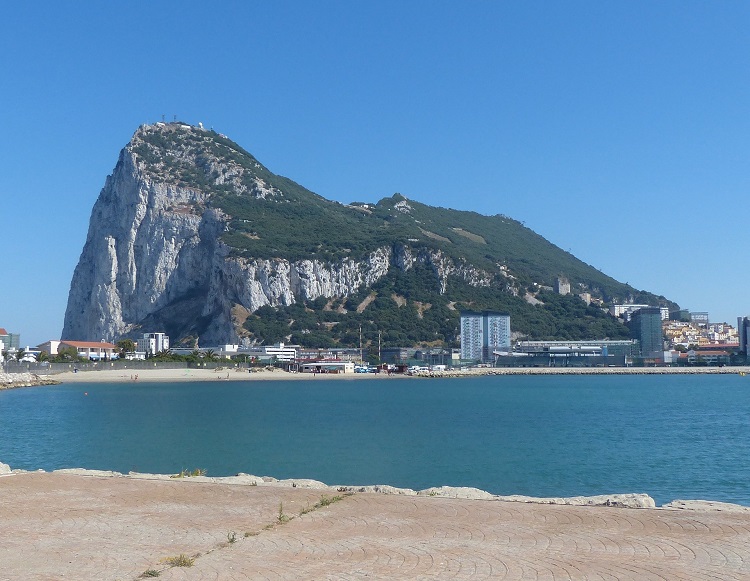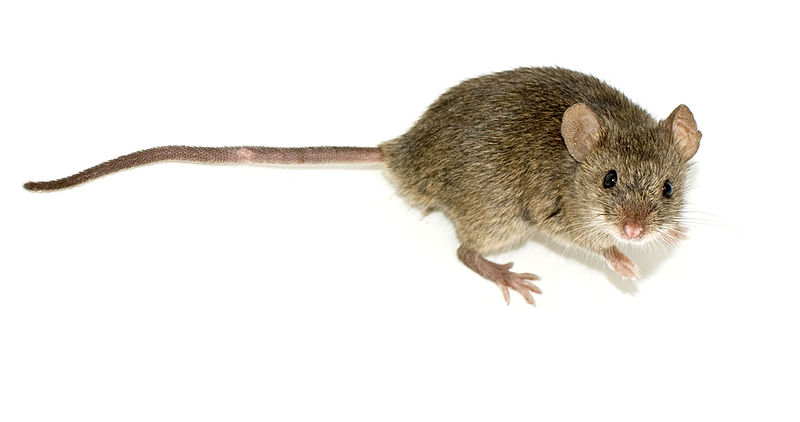The Indo-European word *h₁eḱw-o- 'horse' (Latin equus, Greek híppos)1 has been used by defenders of the so-called Kurgan theory as part of the evidence supporting the speakers of PIE (i.e. the proto-language of the IE family)2 were the people who first domesticated the animal in the Pontic-Caspian steppes around 4,000-3,500 BC3.
However, this appears to be a Wanderwort whose earliest form can be traced to North Caucasian (Nakh-Daghestanian) *ɦɨ[n]tʃwi (~ -e) 'horse' (NCED 211) and which also spread to Sumerian anše 'donkey' and Hurrian eššǝ 'horse'. As pointed out by Uralic *ki(n)tʃe/*ky(n)tʃe 'nail, fingernail, claw', my bet is this word would have first been originally to some Pleistocene ungulates.
As pigs, sheep and goats -which together with cattle made up the Near East Neolithic package- were first domesticated around 9,000-8,000 BC in the Taurus-Zagros mountains area, it's possible for Afrasian *ʕi(n)ʒ- 'sheep, goat' (Semitic, Cushitic) and *χu(n)ʒ(-ir-) 'pig' (Semitic, Chadic)'4 to be also related.
Incidentally, this is the time and space framework where the linguist Allan Bomhard placed his Proto-Nostratic5, which his collegue Kerns regarded as being part of the Dene-Caucasian phylum: I believe that Nostratic languages did not exist except as a part of Dene-Caucasian until the waning of the Würm glaciation, some 15,000 years ago6. However, in my view this wouldn't be the common ancestor (Mother Tongue) of a plethora of language families such as Indo-European, Afrasian or Kartvelian, but rather the source of several Neolithic Wanderwörter.
_________________________________________________________________
1 Luwian *aššu-/*azzu- 'horse' and Georgian aču/ačua 'interjection for calling horses' are loanwords from Indo-Iranian.
2 See J.P. Mallory (1989): In Search of the Indo-Europeans. Language, Archaeology and Myth, p. 143-185.
3 The domesticated horse (Equus ferus caballus) is a different subspecies than the wild horse of the Eurasian steppes (Equus ferus ferus), also called tarpan (a Turkic word). There is also another subspecies native to the Eurasian steppes, the so-called Przewalski's horse (Equus ferus Przewalski's), which has never been domesticated.
4 Whose specialization could have involved phonosymbolism in the initial fricativec
5 A. Bomhard (2008): Reconstructing Proto-Nostratic.
Comparative Phonology, Morphology, and Vocabulary, vol. I, p. 235-241.
6 A. Bomhard & J.C. Kerns (1994): The Nostratic Macrofamily: A Study in Distant Linguistic Relationship, p. 153.
6 A. Bomhard & J.C. Kerns (1994): The Nostratic Macrofamily: A Study in Distant Linguistic Relationship, p. 153.






